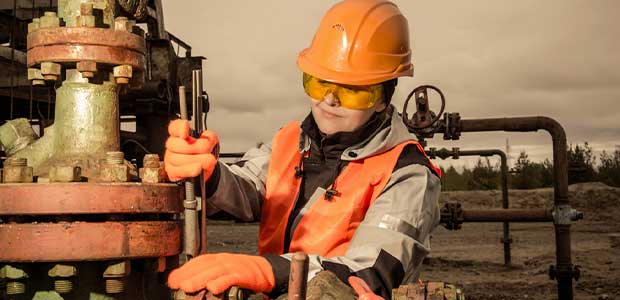
Addressing Physical Differences
Men and women are not the same. Don’t provide them with the same PPE.
- By Robin Marth
- Jun 01, 2022
OSHA’s Personal Protective Equipment (PPE) standard, 29 CFR 1910.132, was established in 1971 to provide protective equipment whenever the hazards of processes or environment require it. At that time, however, OSHA did not address the proper fit of PPE.
In 1994, a commenter to a proposed update suggested that OSHA require PPE to fit properly. OSHA agreed, noting that, in the past, males constituted most of the workforce and PPE was sized accordingly. As more and more females entered the workforce, they often had to choose between wearing PPE designed to fit males, and not wearing PPE at all due to improper fit and subsequent discomfort. Since females accounted for a larger percentage of the workforce than ever before, OSHA revised 1910.132(d) to add proper fit as a criterion for PPE selection. Fast forward nearly 30 years, and progress in the PPE space as it pertains to proper fit is still lacking.
In 2021, the Bureau of Labor Statistics reported that women made up nearly one-third of the manufacturing workforce, and roughly 11 percent of construction, accounting for nearly 47 percent of working people in the United States. While compared to previous years where the trend line was gradually increasing, these lower numbers are due in part to current economic issues. However, this does not change the overall trajectory of where women in the workplace are going.
Gone are the days when employee health and safety was viewed as just a “trend” or something to track on paper. Rather, employers now embrace and foster safety every single day. Executive leaders are more emotionally invested in the physical and mental well-being of their employees.
Employers can show their support by making a concerted effort to recognize the need created by differences between men and women and addressing those differences to maximize safety and ensuring proper fit.
Head and Face
The physical difference. Men and women differ in skeletal structure, where women frequently have a shorter head and broader face.
The concern. If employers overlook these differences when selecting hard hats, face shields, welding helmets and safety glasses/goggles, they may inadvertently purchase equipment meant for a man that will undoubtedly create an ill-fit if worn by a woman. Ill-fitting PPE can feel bulky and unbalanced to the wearer, even when adjusted according to the manufacturer. They can cause pinch points, headaches and neck and shoulder strain. Improperly sized PPE in the head and face area can also create gaps in coverage which may allow debris to enter the eyes. Wrong-sized safety glasses can slip down the face and more easily fog up, while also creating soreness in the temples. This can all lead to worker distraction, loss of productivity and removal of PPE all together.
This article originally appeared in the June 2022 issue of Occupational Health & Safety.